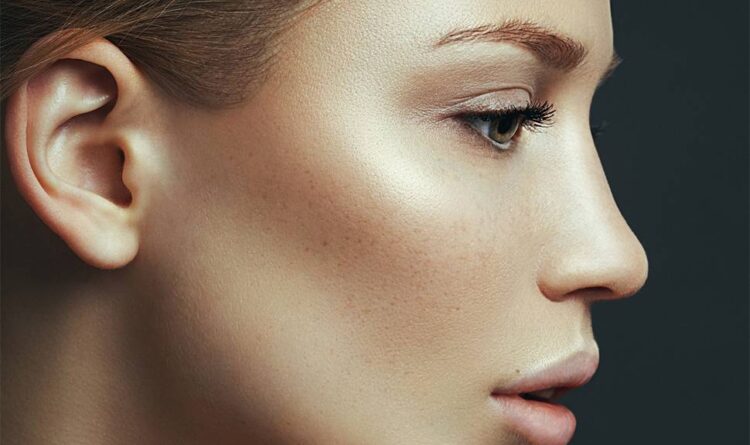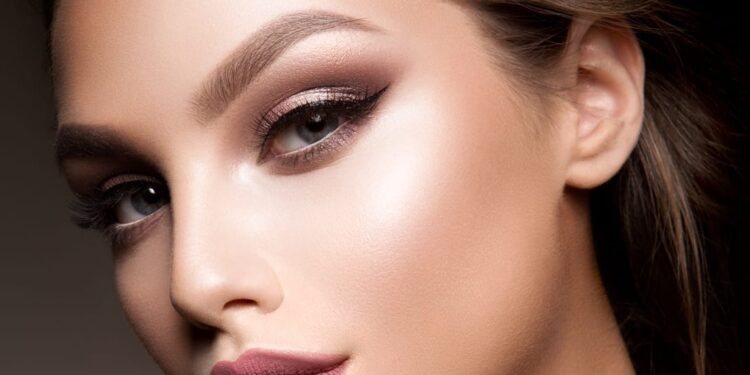The cheek bone is known as the basis of your face shape. It is the centre of your upper face, encircling your eye and directly above your nose. The cheek bone can be shaped like a triangle, but a lot of people prefer a more elongated shape which emphasises the width of your face. The cheek bone is crucial to your face shape. It determines the overall roundness of your face, as well as whether you have a long or a short face. Though this may all be true, some people are not naturally born with amazing prominent cheekbones. Some people actually have less prominent cheekbones and a more round face. This is why a lot of people also get minimally invasive work done to their faces, to artificially create this look that is so desired.
Cheek fillers are a very common and popular minimally invasive treatment to enhance the shape of your cheeks. They can be used to bring out your cheek bone, or to fill in hollowness in the mid face and cheeks, that can occur naturally throughout the aging process. These filler injections are performed at various medical practices, including Skinly Aesthetics – a plastic surgery group known across the globe for its innovative approach to cosmetic surgery.
While many people get cheek fillers nowadays, it is important to understand how they work and what exactly they are before you decide to undergo any kind of treatment.

The cheekbone is one of three facial bones that form the outline of your face, and is shaped like a triangle when looking inside your head. In anatomy, the cheek bone, or zygma, is part of your skull formed by the junction of your temporal bone and the parietal bone of your upper face, the latter being divided by a shallow depression known as the nasolabial fold. When looking inside your head, it looks like a thin line passing through the middle of both nasal bones. When you talk or smile, this area is always in a vertical position, and as such is used to help identify certain features of a face – such as the width of your eyes, the shape of your eyebrows, the colour of your eyes and so on.
In photographs, it may take a while for the picture to clearly show the extent of your cheek bone when you have a chipped, cracked or otherwise broken cheek bone. The first photograph may look worse than the subsequent ones because the cheekbones may be closer together. You will then be able to see exactly how much your cheek fracture affects your appearance. Cheek fractures are normally very easy to fix. However, following surgery there are some complications which may take place, including bleeding, swelling, nerve damage and changes in bite posture, and these should be discussed with your surgeon during your follow-up visit.

A chipped cheekbone occurs when the bone moves forwards (rather than backwards) in response to an outside force. The two main contributing factors are the natural forward progression of your forehead bone, and the inability of your skull to keep the bone where it needs to be, under constant tension. For most people, this means that your cheek bones move forwards over time as the forehead bone shifts back, until a point where they finally catch up with the jaw. When this happens, the change is usually quite obvious, although if you can see it happening it may take some observation and medical work to see what the underlying cause is. You may also notice your cheeks and overall face becoming more hollow with age. Keep in mind that this doesn’t have anything to do with your cheek bone, but instead, is due to loss of facial fat and tissue which is a normal and natural part of aging.
Another common cause of a chipped cheekbone following surgery is the weakness of your muscles at the back of your head. This can happen when the cheek muscles contract after surgery, or it can take place when the cheek bone itself breaks (either physically or from an infection). If you have a history of facial fractures, you will be more likely to suffer from a chin fracture in future. Weakness in your muscles may be particularly noticeable if you’ve just had plastic surgery such as a rhinoplasty. Your facial muscles can contract following surgery, reducing your airway size and causing a resultant snore. If your facial muscles weaken through age, it is often possible to strengthen them following surgery.

If you’ve fractures in the top of your face, they may also occur in the lower part of your skull. As the bone changes its shape, it pushes into the soft palate or uvula. Although this does not normally lead to serious problems, any extra pressure put on the tissues around the area can make matters much worse. Upper part deformation can also be caused by poor bone support, such as when you have long, narrow bones. If you think you have a problem with the upper part of your skull (possibly related to an accident), it is wise to get a professional opinion before undergoing treatment.
The problem of cheek deformation can also arise due to the development of temporomandibular joint disorder. Temporomandibular joints are the joints linking the lower jaw to the skull’s temporal bones. If something is wrong with these joints, it can cause irritation and even damage to the nerves supplying the face. An example of a disorder which can affect the zygomatic bone is called “paracentesis”.
It is important to note that cheek and zygotic disorders differ due to their precise structure and location. Due to the difference in their location, they are also treated differently. A treatment procedure may work well for one part of your skull but fail badly on the other. Knowing exactly what the underlying cause is can greatly help your surgeon achieve the best results.
 Hi Boox Popular Magazine 2024
Hi Boox Popular Magazine 2024



